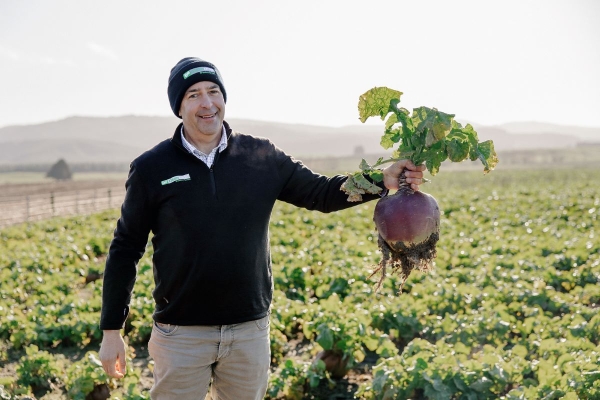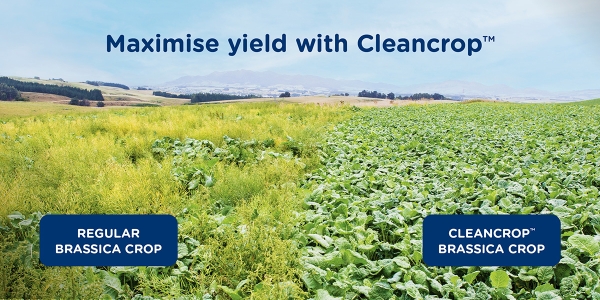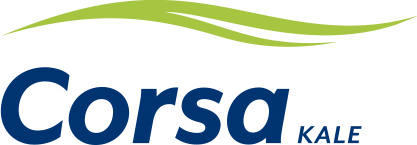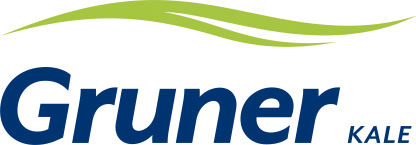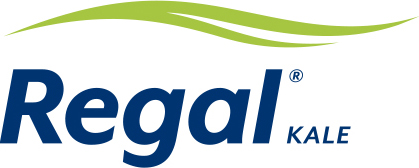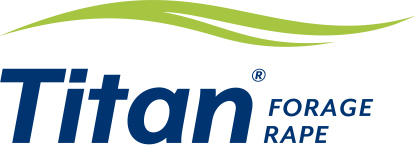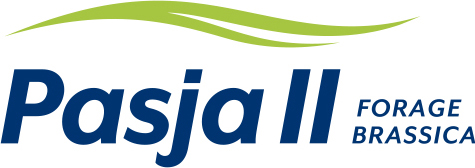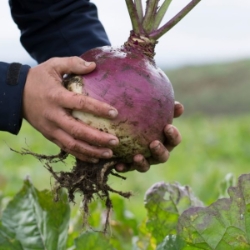Why sow brassicas?
Brassicas provide a bulk amount of high quality feed to maximise growth rates and increase the number of stock finished or maintained per hectare.A brassica crop provides a break from pasture, decreasing pest levels, eliminating weed problems and with fertiliser helps correct soil fertility problems, resulting in cleaner, higher producing pasture.
Using brassicas helps avoid internal parasites and pathogens that cause animal health problems, such as facial eczema and ryegrass staggers. Brassica crops can increase stock productivity and therefore increase farm profitability.
When to use brassicas
- During periods of feed shortagethrough the summer, autumn and winter
- To supplement periods of low pasture quality
- To finish stock
- When a summer-safe feed is required
- Prior to pasture renewal


Only Cleancrop™ combines the power of broad-spectrum herbicide Telar® and plants bred to resist it.
Telar® takes care of 23 hard-to-control weeds at the time of sowing, freeing up moisture and nutrients to give your crop the best chance of maximising performance and delivering superior returns on your seed investment.
Learn more



Pallaton Raphno® is a hybrid between Kale and Radish which has brought a number of impressive agronomic attributes into one cultivar, including high forage yield from multiple grazings, drought tolerance, clubroot tolerance and improved tolerance to a range of key insects.
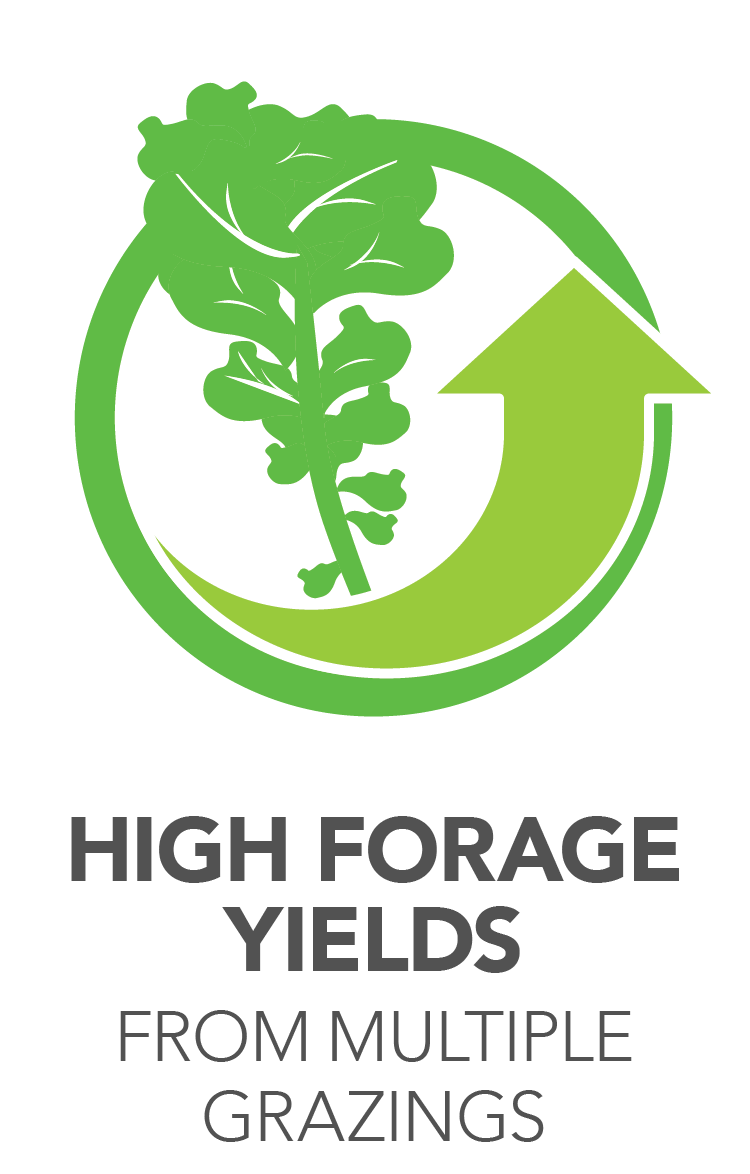

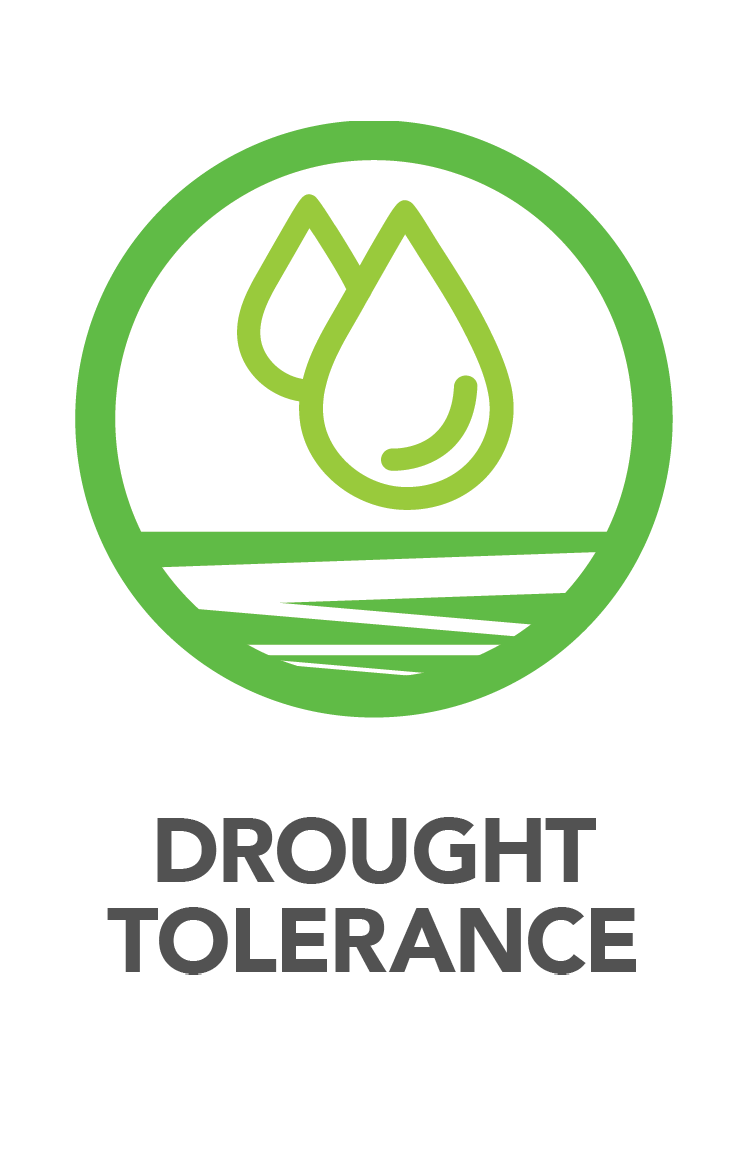
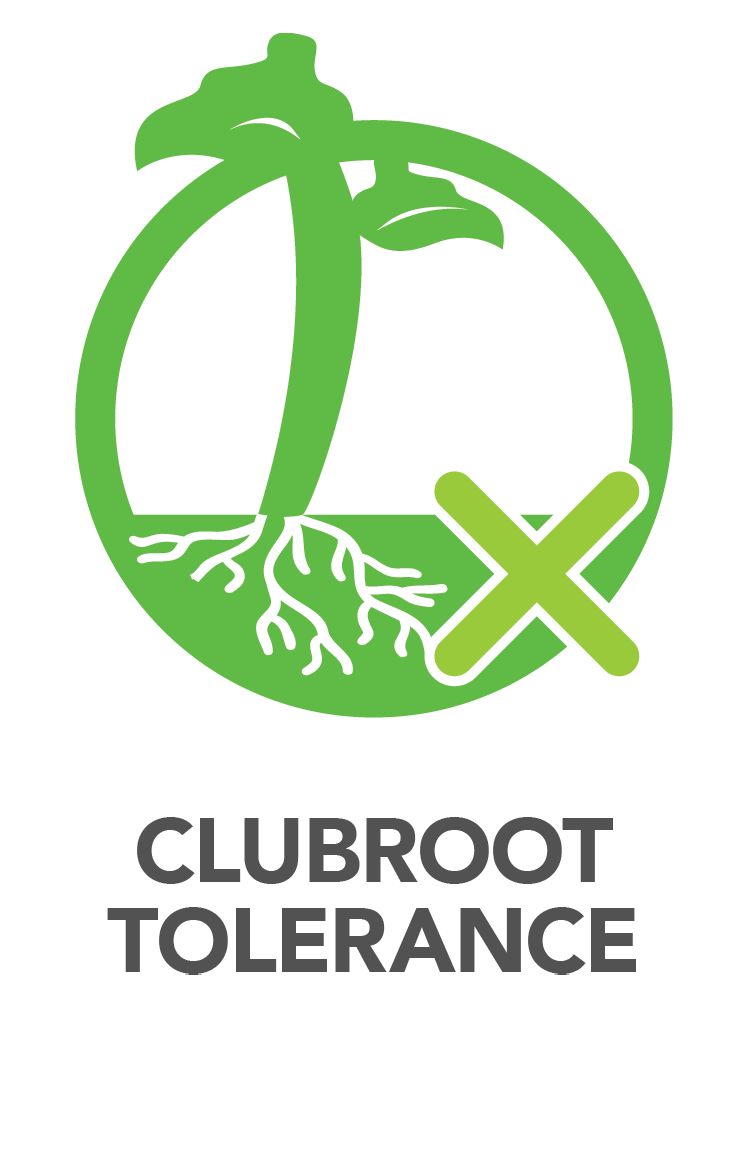

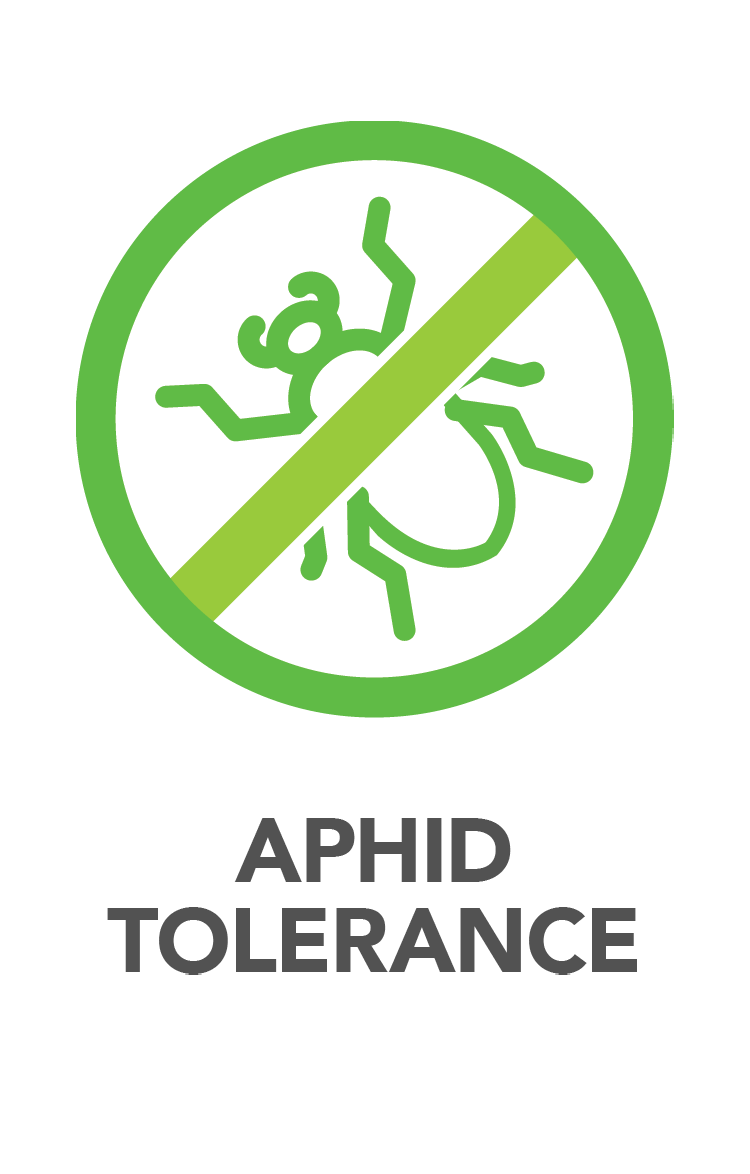
Learn more
Why choose PGG Wrightson Seeds brassicas?
- We are New Zealand’s market leading supplier of brassica seed
- Our joint forage brassica breeding programme (Forage Innovations Ltd) combines our expertise with Plant and Food Research (NZ)
- The result is a range of class-leading brassicas
We are committed to providing forage crop seed that not only produces high quantities of feed, but also leads to improved animal performance through feed quality, thereby providing positive benefits to the New Zealand farmer.

